Step-by-Step Guide to Crafting Auto-Reply Templates


Auto-reply templates play a crucial role in modern customer service by streamlining communication and improving response times. Nearly 89% of businesses rely on them to set clear expectations for customers. With 48% of consumers preferring to text rather than call, these templates help meet customer preferences while maintaining efficiency. Tools like Sobot’s Chatbot take this further by automating replies across multiple channels, ensuring round-the-clock support. Whether you’re using a customer service automatic reply template to acknowledge inquiries or confirm orders, auto-replies save time, reduce costs, and enhance customer satisfaction.
Understanding Auto-Reply Templates and Their Role in Customer Service
What Is a Customer Service Automatic Reply Template?
A customer service automatic reply template is a pre-written message that acknowledges receipt of a customer’s inquiry or action. These templates ensure timely responses, even when your team is unavailable. For example, an auto-reply might say, “Thanks for reaching out! We’ve received your message and will respond within 24 hours.” This immediate acknowledgment reassures customers that their concerns are being addressed.
Auto-reply messages also provide essential details, such as expected response times or alternative resources. For instance, you can inform customers about your business hours or direct them to an FAQ page for quick answers. By doing so, these templates enhance communication clarity and save time for both your team and your customers.
Benefits of Using Auto-Reply Email Templates in Business
Auto-reply email templates offer several advantages that can transform your business communication. First, they engage customers instantly, demonstrating attentiveness and professionalism. Unlike manual responses, auto-replies are faster, which improves the overall customer experience. For example, sending a shipping update or order confirmation immediately after a purchase reduces post-purchase anxiety and builds trust.
Second, these templates streamline your operations. By automating repetitive tasks, you reduce the workload on your support team, allowing them to focus on more complex issues. This efficiency not only saves time but also cuts costs. Additionally, timely updates through auto-replies improve customer satisfaction by keeping them informed at every step of their journey with your business.
Common Scenarios for Auto-Reply Messages in Customer Support
Auto-reply messages are versatile and can be used in various customer support scenarios. Here are some common examples:
| Scenario | Benefits |
|---|---|
| Order Confirmation | Reduces post-purchase anxiety, builds trust, and creates marketing touchpoints. |
| Shipping Updates | Enhances transparency and minimizes “Where is my order?” inquiries. |
| Form Submission Confirmation | Acknowledges receipt, sets expectations, and reduces duplicate submissions. |
These scenarios highlight how auto-replies can proactively address customer concerns, improve transparency, and enhance the overall experience. By implementing these templates, you ensure consistent communication across all touchpoints, reinforcing your business’s reliability.
Steps to Create Effective Auto-Reply Email Templates
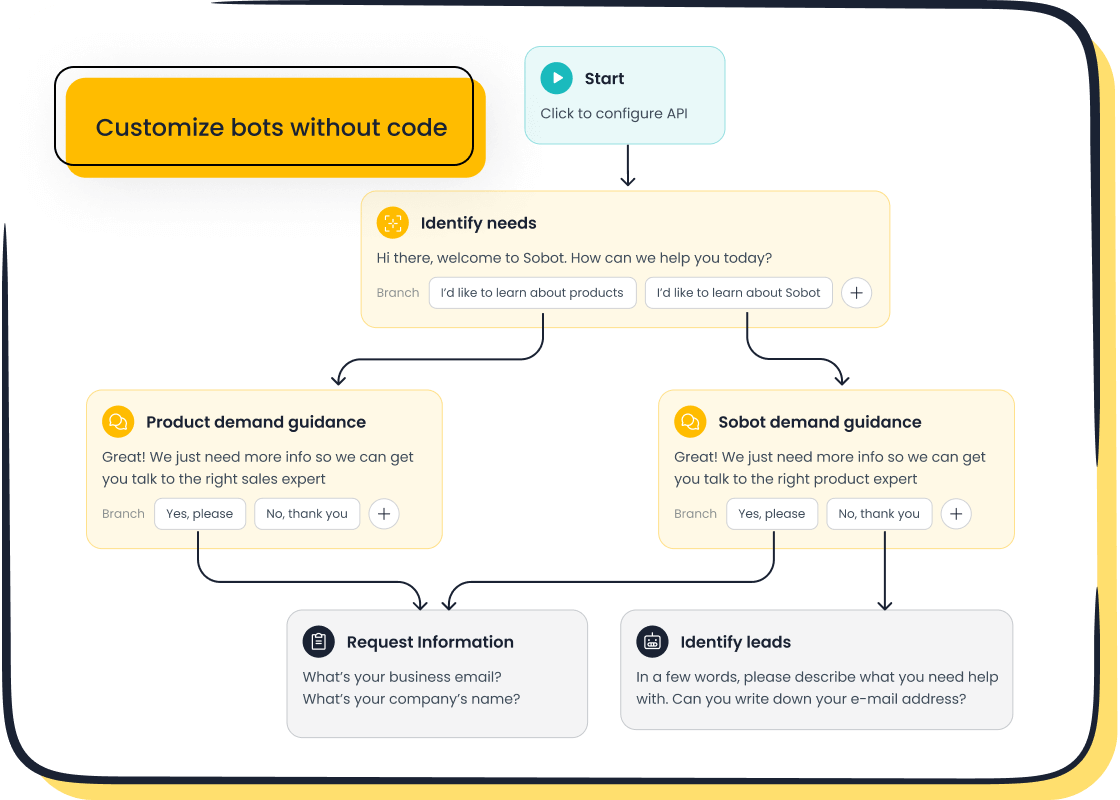
Define the Purpose of Your Auto-Reply Message
Before you set up an automated response, you need to define its purpose. Ask yourself, "What do I want this auto-reply to achieve?" The goal could be to acknowledge an inquiry, confirm an order, or provide essential information like business hours. A clear purpose ensures your auto-reply message aligns with customer expectations and delivers value.
For example, if your business receives frequent inquiries about order status, your auto-reply email should address this directly. A message like, "Thank you for your order! You can track its status using the link below," provides immediate assistance. This approach not only saves time but also reduces the volume of follow-up inquiries.
By defining the purpose, you create auto-replies that are both relevant and effective. This step lays the foundation for crafting messages that enhance customer satisfaction and streamline communication.
Select the Right Tone and Style for Your Audience
The tone and style of your auto-reply email should reflect your brand and resonate with your audience. A professional tone works well for industries like finance or healthcare, while a friendly and casual style suits retail or entertainment businesses. Understanding your audience helps you strike the right balance.
For instance, a retail business might use a cheerful tone: "Hi there! Thanks for reaching out. We’ve received your inquiry and will get back to you shortly." On the other hand, a financial service provider might opt for a more formal style: "Thank you for contacting us. Your inquiry has been received, and we will respond within 24 hours."
Consistency is key. Ensure your auto-reply email templates maintain a uniform tone across all customer interactions. This consistency builds trust and reinforces your brand identity.
Structure Your Auto-Reply Email for Clarity and Professionalism
A well-structured auto-reply email improves readability and ensures your message is clear. Use concise messaging, effective formatting, and a single call to action (CTA) to guide your audience. The table below outlines key elements to include:
| Key Element | Description |
|---|---|
| Concise messaging | Keep messages brief to enhance clarity. |
| Clear calls to action | Include specific actions for the recipient to take. |
| Effective formatting | Use formatting techniques like bullet points and white space to improve readability. |
| Single, clear CTA | Focus on one action to prevent confusion. |
| Context-specific greetings | Tailor greetings based on the recipient's situation or industry. |
| Frontloaded value proposition | Present the main value within the first few sentences. |
| Consistent brand voice | Maintain a uniform tone throughout the email for professionalism. |
| Plain text formatting | Ensure emails are readable even without HTML support. |
| Response-focused closing | End with a question to encourage further engagement. |
| Minimal signature links | Limit links in signatures to avoid spam filters and maintain professionalism. |
Well-structured auto-reply emails also increase response efficiency. They provide immediate, automated email responses that can be personalized, enhancing customer interaction. Automation reduces the time spent on repetitive tasks, allowing your team to focus on complex inquiries. This approach speeds up response times and improves overall efficiency.
By following these guidelines, you can create effective auto-reply email templates that leave a positive impression on your customers.
Include Key Information Like Timelines and Next Steps
When crafting an auto-reply email, including timelines and next steps is essential. This information sets clear expectations for your customers and reduces unnecessary follow-ups. For example, if a customer submits an inquiry, your auto-reply should specify when they can expect a response. A message like, "We’ll get back to you within 24 hours," reassures them that their concern is being addressed promptly.
Timelines also help manage customer expectations during busy periods. If your team is experiencing delays, an auto-reply email can inform customers about extended response times. For instance, "Due to high demand, our response time is currently 48 hours. We appreciate your patience." This transparency builds trust and prevents frustration.
Next steps guide customers on what to do while waiting for a resolution. You can include links to resources like FAQs, tracking tools, or support articles. For example, "In the meantime, you can check our FAQ page for quick answers to common questions." This approach not only empowers customers but also reduces the volume of repetitive inquiries.
To measure the effectiveness of including timelines in your auto-replies, consider tracking key metrics. The table below highlights two useful metrics:
| Metric | Description |
|---|---|
| Click-through rate (CTR) | The percentage of recipients who click on the link in an SMS message. |
| Churn rate | The percentage of subscribers who opt out or unsubscribe from your SMS campaign. A high churn rate could indicate that you’re sending too many texts. |
By monitoring these metrics, you can refine your auto-reply email templates to improve customer engagement and satisfaction. Including timelines and next steps ensures your auto-replies are not only informative but also actionable, enhancing the overall customer experience.
Personalize Auto-Reply Messages to Enhance Customer Experience
Personalization transforms a generic auto-reply into a meaningful interaction. Customers appreciate messages that address their specific needs or preferences. For instance, instead of a standard "Thank you for your inquiry," you could say, "Hi [Customer Name], thank you for reaching out about [specific issue]. We’ll respond within 24 hours." This small adjustment makes the message feel more human and engaging.
Incorporating custom fields like names or past purchase history significantly enhances customer experience. For example, "Hi Sarah, we noticed you recently purchased [product]. If you have any questions, feel free to reply to this email." This level of personalization establishes a connection and shows that your business values its customers.
Feedback loops also play a crucial role in personalization. By adapting your auto-replies based on customer preferences, you can improve engagement and satisfaction. For example, if customers frequently ask about shipping updates, your auto-reply could include a tracking link by default. This proactive approach addresses their concerns before they even ask.
The benefits of personalization are evident in real-world examples. The table below highlights case studies that demonstrate the impact of personalized auto-replies:
| Case Study | Key Benefits Achieved |
|---|---|
| Company with 5,000 customer service agents | Increased issue resolution by 14% per hour, reduced issue-handling time by 9%, improved productivity and quality of service among less-experienced staff. |
| Multilingual customer service approach | Enhanced customer satisfaction, with 31% of customers expecting personalized interactions and 76% feeling frustrated without it. |
| AI-powered technology (e.g., chatbots) | Provided personalized responses automatically, allowing human agents to focus on complex inquiries. |
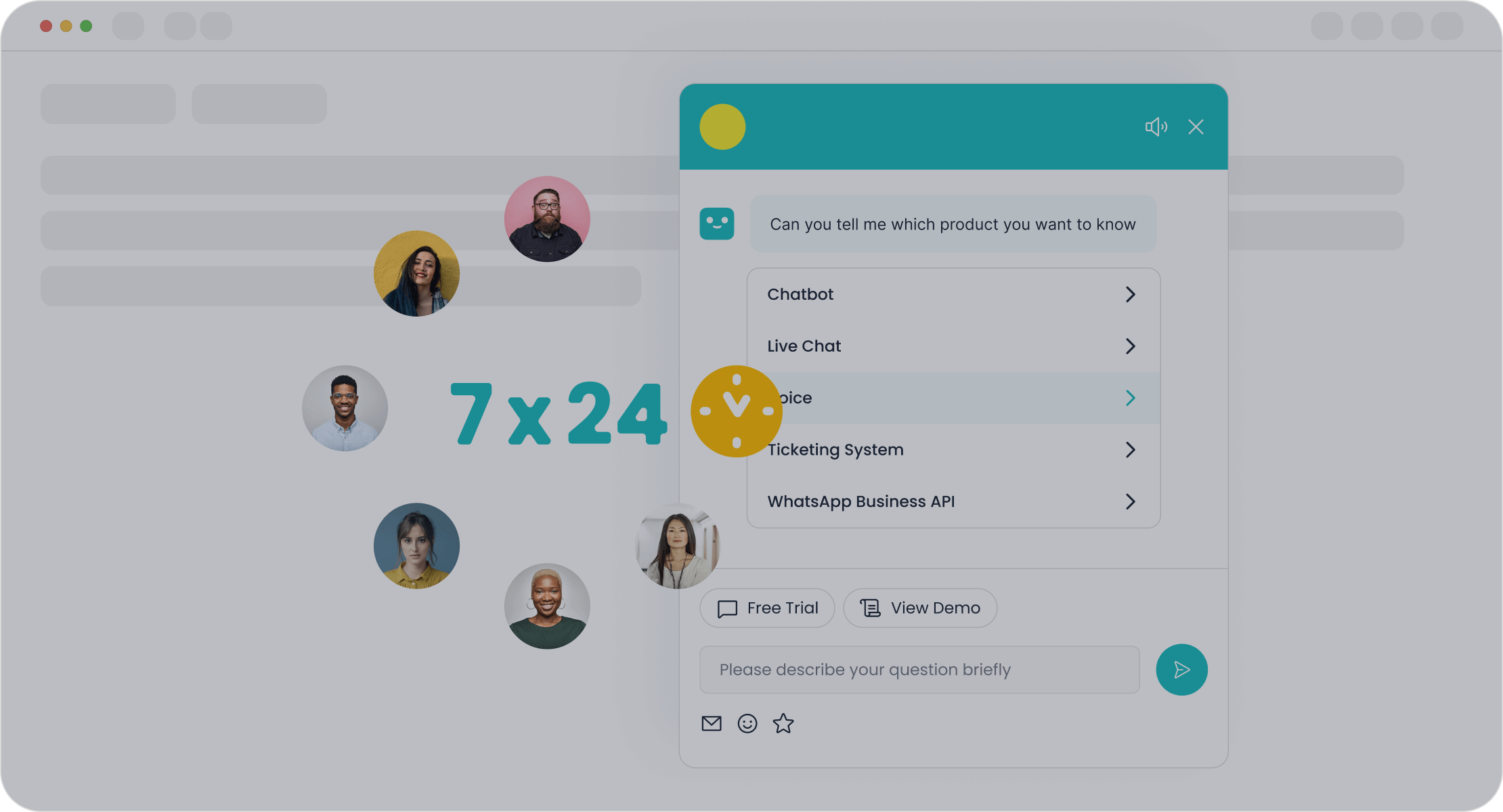
Using tools like Sobot’s Chatbot can simplify the process of automating email responses while maintaining a personal touch. The chatbot’s ability to customize messages based on customer data ensures that your auto-replies feel tailored and relevant. This not only improves customer satisfaction but also boosts efficiency by reducing the workload on your support team.
Personalized responses show customers that your business cares about their individual needs. By leveraging technology and thoughtful messaging, you can create effective auto-reply email templates that leave a lasting impression.
Examples of Auto-Reply Templates for Business Scenarios
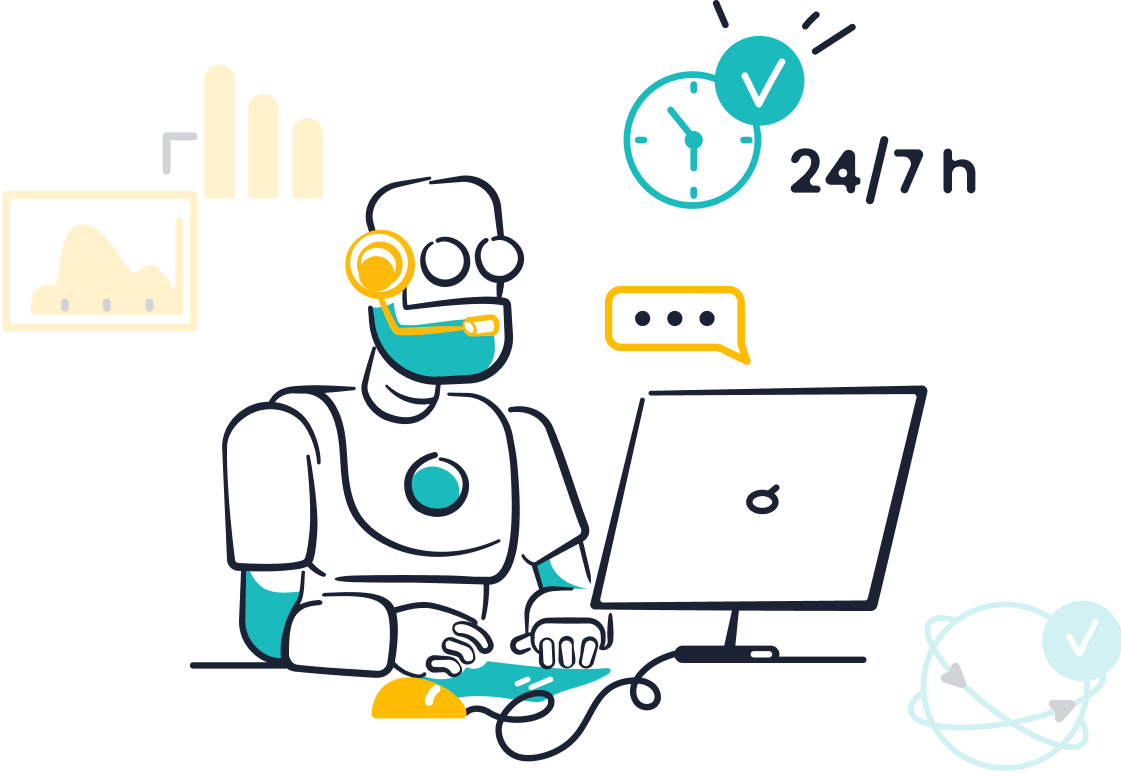
Out-of-Office Auto-Reply Email Templates
Out-of-office email templates are essential for maintaining communication when you or your team are unavailable. These messages inform customers about your absence and provide alternative solutions or timelines for follow-up. A well-crafted out-of-office email template ensures customers feel acknowledged, even during your downtime.
Here’s an example of an effective out-of-office email template:
"Hello,
Thank you for reaching out. I am currently out of the office and will return on [date]. During this time, I will have limited access to email. For urgent matters, please contact [alternative contact] at [email/phone]. I will respond to your message as soon as possible upon my return.
Best regards,
[Your Name]"
This type of auto-reply email sets clear expectations and provides an alternative contact, ensuring customers don’t feel neglected. Businesses in industries like retail or financial services often use these templates to maintain professionalism and customer trust.
Customer Inquiry Acknowledgment Templates
Acknowledging customer inquiries promptly is crucial for building trust and showing attentiveness. Auto-reply email templates for customer inquiries reassure customers that their concerns are being addressed. These templates also reduce the need for follow-up emails, saving time for both you and your customers.
Here are some examples of acknowledgment messages you can use:
- "Thank you for contacting us about [specific issue]. We’ve received your inquiry and will respond within [timeframe]."
- "We understand how frustrating this situation can be. Rest assured, we’re working on a solution and will update you shortly."
- "Your feedback is important to us. We’ve logged your concern and will get back to you within [timeframe]."
These messages not only acknowledge the issue but also empathize with the customer’s situation. Phrases like "I understand how frustrating it can be when this happens" or "Let’s see how we can help" make the interaction feel more personal and human. Using auto replies like these can improve customer satisfaction and reduce response times.
Appointment Confirmation and Reminder Templates
Appointment confirmation and reminder templates help businesses manage schedules efficiently. These auto-reply email templates notify customers about upcoming appointments, reducing no-shows and improving operational flow. They are especially useful for industries like healthcare, education, and professional services.
A simple appointment confirmation template might look like this:
"Hello [Customer Name],
Your appointment with [Business Name] is confirmed for [date and time]. If you need to reschedule, please contact us at [contact information]. We look forward to seeing you!"
For reminders, you can use a message like:
"Hi [Customer Name],
This is a friendly reminder about your appointment with [Business Name] on [date and time]. Please let us know if you have any questions or need to make changes. Thank you!"
These templates ensure customers stay informed and prepared. Studies show that sending reminders through email or SMS significantly reduces no-shows, leading to smoother operations and increased revenue. By automating these messages, you can focus on delivering excellent service while keeping your schedule on track.
Order or Service Update Auto-Reply Messages
Order or service update auto-reply messages play a vital role in keeping your customers informed and reassured. These messages provide real-time updates about orders or services, reducing the need for customers to reach out for information. By proactively addressing their concerns, you can enhance their experience and build trust in your business.
Customers value transparency when it comes to their orders. Many people check their order status frequently, with 39% tracking packages daily and 19% doing so multiple times a day. This behavior highlights the importance of providing timely updates. Sending these updates through convenient channels, such as SMS, can further improve customer satisfaction. In fact, 38% of customers prefer receiving package updates via SMS. By offering real-time tracking links or status updates, you can also reduce the number of inquiries related to order status, which often accounts for 16% of customer service tickets.
Here’s an example of an effective order update auto-reply email:
"Hello [Customer Name],
Your order #[Order Number] has been shipped and is on its way! You can track its progress using the link below:
[Tracking Link]
Thank you for choosing [Business Name]. If you have any questions, feel free to reply to this email."
This type of message keeps customers informed and reduces their anxiety about the status of their orders. It also demonstrates your commitment to excellent service. For service updates, you can use a similar approach. For instance:
"Hi [Customer Name],
We’re currently working on your service request #[Request Number]. Our team expects to complete it by [Date]. If you have any questions, please contact us at [Contact Information]."
These auto-reply messages not only keep your customers updated but also reduce the workload on your support team. By automating these communications, you can focus on delivering quality service while ensuring your customers feel valued.
Support Ticket Acknowledgment Templates
Acknowledging support tickets promptly is essential for maintaining customer trust. When customers submit a ticket, they expect confirmation that their issue is being addressed. A well-crafted support ticket acknowledgment template reassures them and sets clear expectations for the next steps.
Your acknowledgment message should include key details such as the ticket number, estimated response time, and any additional resources they can use in the meantime. For example:
"Hello [Customer Name],
Thank you for reaching out to [Business Name]. We’ve received your support request #[Ticket Number]. Our team is reviewing your issue and will respond within [Timeframe]. In the meantime, you can visit our FAQ page for quick answers: [FAQ Link].
Best regards,
[Your Support Team]"
This message provides clarity and ensures customers know their concerns are being taken seriously. Including a ticket number allows them to reference their issue easily if they need to follow up. You can also personalize the message to make it more engaging. For instance:
"Hi [Customer Name],
We’ve received your support request regarding [Specific Issue]. Our team is already working on it and will get back to you within [Timeframe]. If you have any additional details to share, please reply to this email. We’re here to help!"
Personalized messages like this show that you value your customers and their time. They also create a more human connection, even when using automation. Tools like Sobot’s Chatbot can help you automate these responses while maintaining a personal touch. The chatbot can customize messages based on customer data, ensuring each interaction feels tailored and relevant.
By using support ticket acknowledgment templates, you can improve response times and customer satisfaction. These templates streamline your operations and allow your team to focus on resolving issues efficiently.
Best Practices for Crafting and Implementing Auto-Replies
Personalize Responses with Tools Like Sobot's Chatbot
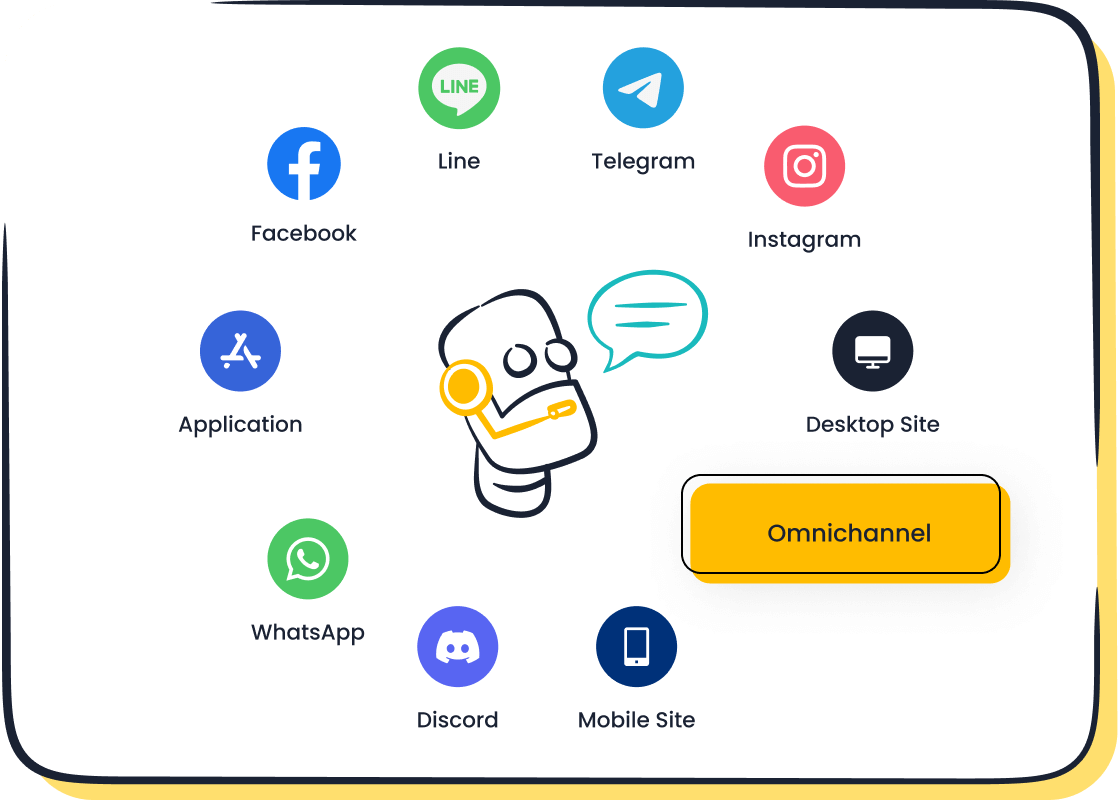
Personalized responses make your auto-reply stand out. Customers feel valued when messages address their specific needs. You can achieve this by using tools like Sobot's Chatbot. This AI-powered solution helps you set up an automated response that feels human. It uses customer data, such as names or past interactions, to create tailored messages. For example, instead of a generic "Thank you for your inquiry," you could say, "Hi Alex, thanks for reaching out about your recent order. We’ll get back to you within 24 hours."
Sobot's Chatbot also supports multilingual capabilities. This feature ensures your business can communicate effectively with customers worldwide. By automating personalized responses, you save time while improving customer satisfaction. This approach works well for support inquiries, order updates, and other customer interactions.
Test Auto-Reply Email Templates for Accuracy and Effectiveness
Testing ensures your customer support auto-reply messages work as intended. Before deploying them, send test emails to yourself or your team. Check for typos, broken links, or unclear instructions. Ensure the auto-reply provides accurate information, such as response times or next steps.
You should also gather feedback from customers. Ask if the auto-reply met their expectations. Use this feedback to refine your templates. For example, if customers often ask follow-up questions, consider adding more details to your message. Testing helps you identify gaps and improve the overall effectiveness of your auto response.
Regularly Update Templates to Keep Them Relevant
Outdated auto-reply messages can confuse customers. Regular updates ensure your templates stay relevant. Review your customer support auto-reply messages every few months. Check if the information, such as business hours or contact details, is still accurate.
You should also adapt your templates to reflect changes in customer behavior. For instance, if more customers use mobile devices, ensure your auto-replies are mobile-friendly. Updating your templates shows customers that your business values clear and timely communication. It also helps you stay ahead of competitors by offering the best practices for automating email responses.
Avoid Over-Automation to Maintain a Human Touch
Automation in customer service can save time and improve efficiency, but overusing it risks alienating your customers. While auto-reply messages are helpful for basic inquiries, relying too much on automation can make your business seem impersonal. Customers often prefer human interaction when dealing with complex issues or unique concerns. Striking the right balance between automation and personal engagement is key to maintaining strong customer relationships.
Research shows that over-automation can frustrate customers. AI chatbots handle simple queries well but often struggle with more complicated problems. When human assistance isn’t readily available, customers may feel neglected. This dissatisfaction can harm your business’s reputation and reduce customer loyalty. To avoid this, ensure your auto-reply templates provide clear instructions on how customers can reach a human representative when needed.
Personalization is another way to maintain a human touch. Auto-reply messages should address customers by name and reference their specific concerns. For example, instead of a generic response, use a message like, "Hi Alex, we’ve received your inquiry about your recent order. Our team will respond within 24 hours." This approach makes your communication feel more genuine and builds trust.
You can also use automation strategically to enhance, rather than replace, human interaction. Tools like Sobot’s Chatbot allow you to automate repetitive tasks while keeping your team available for more complex inquiries. By combining automation with human support, your business can deliver efficient service without sacrificing the personal touch customers value.
Remember, automation should simplify processes, not replace meaningful interactions. By carefully balancing automated responses with human engagement, you can create a customer experience that feels both efficient and personal.
Measuring the Success of Your Auto-Reply Templates
Monitor Customer Feedback on Auto-Reply Messages
Customer feedback is a valuable tool for evaluating the effectiveness of your automated reply messages. It helps you understand whether your responses meet customer expectations. Metrics like the Customer Satisfaction Score (CSAT) allow customers to rate their experience with your automated email response. A higher score indicates that your auto-replies are effective and appreciated.
- First Contact Resolution Rate: Measures if the inquiry was resolved on the first attempt.
- Net Promoter Score: Assesses customer loyalty and likelihood of recommending your business.
- Customer Effort Score: Evaluates how easy it is for customers to resolve their inquiries through automated response emails.
The table below summarizes these metrics:
| Metric | Description |
|---|---|
| Customer Satisfaction Score | Measures how satisfied customers are with the auto-reply messages on a scale of 1-5 or 1-10. |
| Customer Effort Score | Assesses how easy it is for customers to get their inquiries resolved through auto-replies. |
| First Contact Resolution | Evaluates whether the auto-reply messages effectively resolve customer inquiries on the first attempt. |
By monitoring these metrics, you can identify areas for improvement and ensure your automated reply messages enhance the customer experience.
Track Response Times and Resolution Rates
Tracking response times and resolution rates provides insights into the efficiency of your automated email response system. First response time (FRT) measures how quickly your system acknowledges a customer inquiry. A shorter FRT indicates that your automated response emails deliver an immediate response, which reassures customers.
Average resolution time (ART) tracks how long it takes to fully resolve customer inquiries. Monitoring ART helps you identify bottlenecks in your process. For example, if resolution times are consistently high, you may need to refine your templates or provide additional resources in your auto-replies.
Researchers have found that monitoring incoming data daily and following up on incomplete responses can maintain high response rates. This approach ensures that your system remains efficient and reliable over time.
By analyzing these metrics, you can optimize your automated email response strategy to improve customer satisfaction and operational efficiency.
Use Analytics from Tools Like Sobot to Optimize Templates
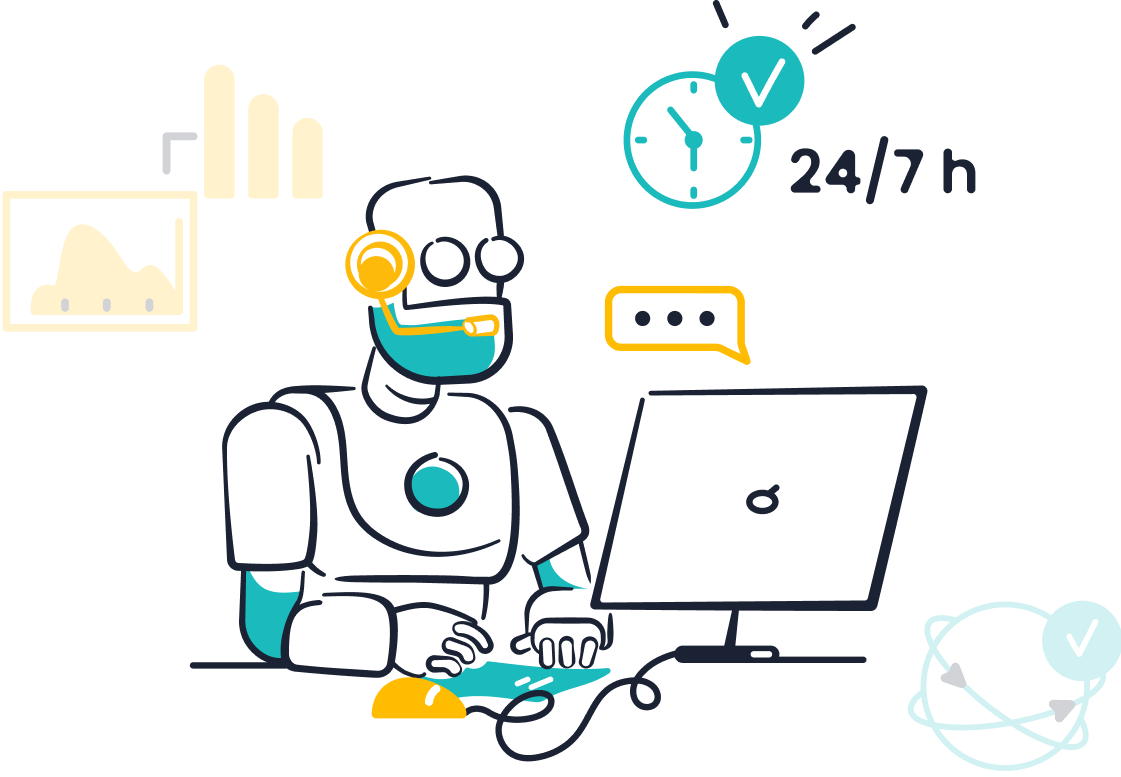
Analytics tools provide actionable insights to refine your automated reply messages. Platforms like Sobot’s Chatbot offer detailed reports on customer interactions. These reports highlight trends in customer inquiries, such as frequently asked questions or common issues. By analyzing this data, you can adjust your templates to address these concerns proactively.
For example, if many customers ask about order status, you can include tracking links in your automated response emails. This adjustment reduces follow-up inquiries and improves the customer experience. Sobot’s Chatbot also tracks metrics like click-through rates and response times, helping you measure the success of your auto-replies.
Using analytics ensures your templates remain relevant and effective. Regularly reviewing this data allows you to adapt to changing customer needs and maintain high levels of satisfaction.
Crafting effective auto-reply templates is essential for improving customer communication. These templates save time, ensure consistent messaging, and enhance customer satisfaction by promptly acknowledging inquiries. A professional out-of-office message, for example, reassures customers during your absence while maintaining professionalism. Personalization and clarity make your messages more engaging, while regular updates keep them relevant and accurate.
You can elevate your strategy by leveraging tools like Sobot's Chatbot. This AI-powered solution automates responses, personalizes interactions, and supports multilingual communication. By combining automation with thoughtful messaging, you create a seamless and professional out-of-office message experience that leaves a lasting impression.
FAQ
What is the main purpose of auto-reply templates?
Auto-reply templates provide instant responses to customer inquiries. They acknowledge messages, set expectations, and share essential details like timelines or next steps. These templates save time and improve customer satisfaction by ensuring consistent communication, even when your team is unavailable.
How can you personalize auto-reply messages?
You can personalize auto-replies by including the customer’s name, referencing their specific inquiry, or mentioning past interactions. For example, "Hi Alex, thanks for reaching out about your recent order. We’ll respond within 24 hours." Tools like Sobot’s Chatbot simplify this process by automating personalized responses.
Why should you test auto-reply templates?
Testing ensures your templates work correctly and meet customer expectations. Check for typos, broken links, or unclear instructions. Send test emails to yourself or your team. Gather feedback from customers to identify areas for improvement and refine your templates for better engagement.
How often should you update auto-reply templates?
Review your templates every few months. Ensure details like business hours, contact information, and response times are accurate. Update templates to reflect changes in customer behavior or preferences. Regular updates show your commitment to clear and timely communication.
Can auto-replies replace human interaction?
Auto-replies handle simple inquiries efficiently but cannot replace human interaction for complex issues. Use automation to streamline repetitive tasks while keeping your team available for personalized support. This balance ensures efficiency without losing the human touch customers value.
See Also
A Comprehensive Guide to Shopify's Live Chat Feature
Setting Up Pre-Chat Forms for Salesforce Live Chat
Essential Tips for Selecting Social Media Support Tools
